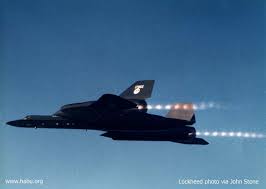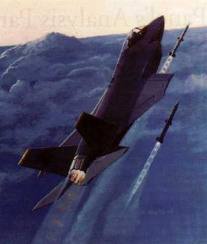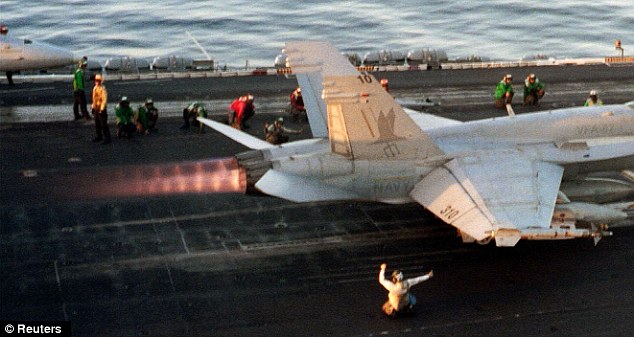deirdre
Senior Member.
[Admin: For a discussion on identifying the planes in the subsequent "smokers" video, see: https://www.metabunk.org/threads/de...chemtrail-missing-link-hybrid-contrails.3206/ ]
https://www.facebook.com/pages/Look-Uporguk/1410029482561123

https://www.facebook.com/pages/Look-Uporguk/1410029482561123
Last edited by a moderator:












